I’ve been trying to build an induction cooktop, my inspiration was this post:
https://www.instructables.com/id/Powerful-yet-simple-induction-heater/
And after some help , I’ve built a circuit according to this schematic:
And it actually worked! I mean, not the way I expected but it worked. The problem is that it’s kind of weak, I did some tests and my convencional gas oven is capable of boiling 150 mL of water in about 2 minutes. With the circuit I’ve built not even after 5 minutes the water boils, it gets hot but I can still put my finger on it for a second or so. So, my question is, do you see anything I could do to improve the efficiency of my circuit? The easiest thing I could do is to change the value of the capacitors adding or taking some of them away. I’m using a stainless steel pan, I’ve tried using an iron pan but the results were the same, if not worse. You’ll also find some pictures of the actual setup below. Any more details needed I’ll try to provide you. Thanks in advance!
